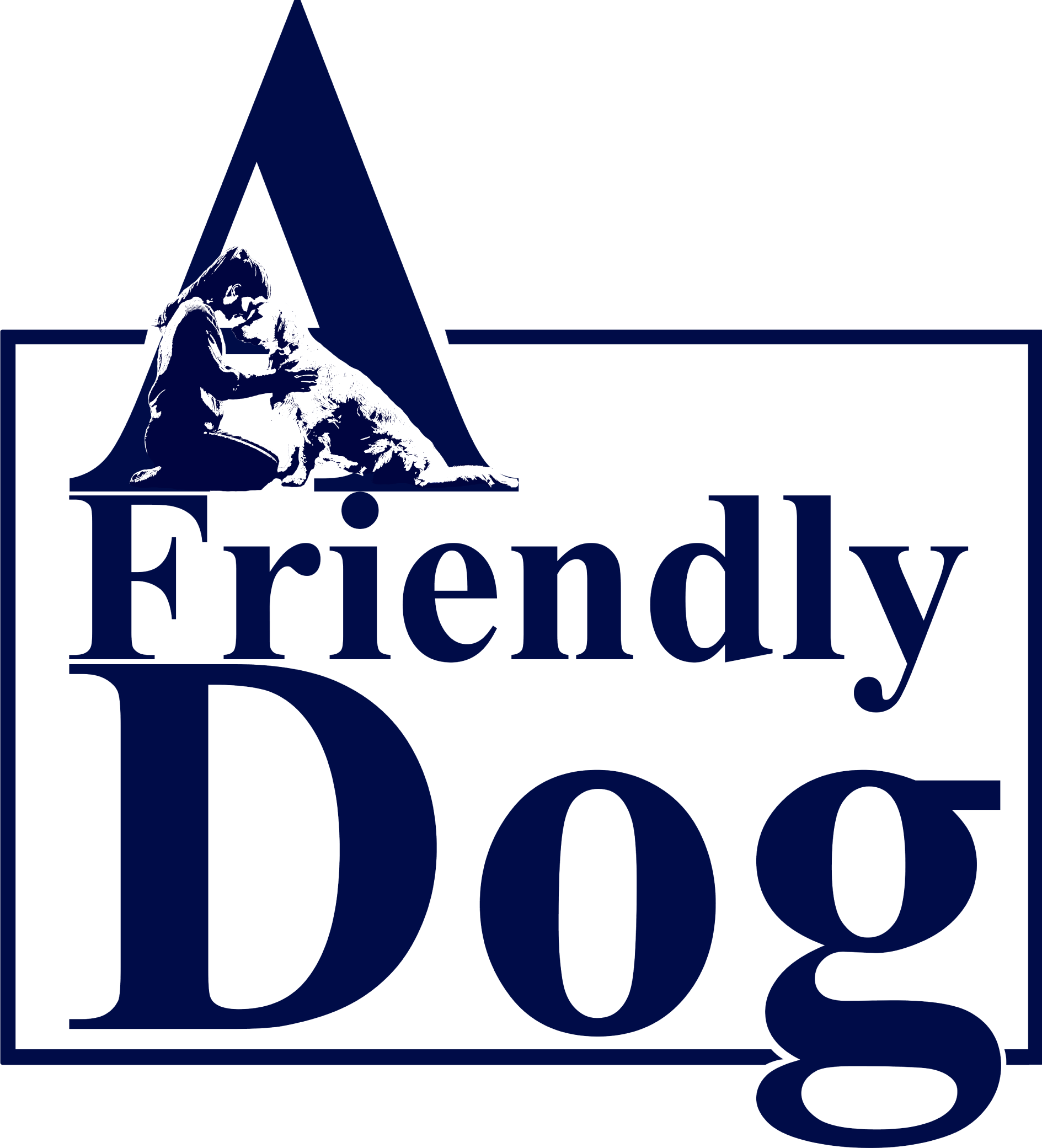There are certain characteristics that are common among all puppy breeds when it comes to independent time. However, when dealing with medium and large puppy breeds, special care must be taken in terms of space. While all puppies and dogs require safety and security, medium to larger-sized breeds may not experience the same level of anxiety towards noises and distractions as smaller breeds. This means that you can typically provide an exercise pen or safety gate in an area with sufficient room for them to roam and stretch out.
The timing of independent time is crucial. It is not advisable to leave a puppy alone for extended periods of time, even if they appear content. Ideally, your puppy should be with you as much as possible. However, if you must leave the puppy alone for longer periods, it should not exceed a 6 to 8-hour workday. Independent time may also refer to overnight crate sleeping, if necessary.
Medium to large dogs require open areas to feel comfortable. If your space is already suitable and open, you have more control over options. This may involve rearranging furniture closer to or against walls, rather than towards the center of the room. While this redecorating may not be aesthetically pleasing, it serves the purpose of creating a better home for your dog.
As dogs transition from puppyhood to adulthood, they are likely to remain just as dependent on playtime and attention. It is important to provide plenty of engaging and comforting toys to occupy their time, as well as accessible potty training materials until they are fully trained. A little “me” time never harmed anyone, and dogs can learn to enjoy having time to themselves if they are not naturally more independent. It is a matter of lifestyle choice and should not feel like punishment or abandonment.
Transitioning to Independence
The transition to independence for your puppy can be made more effective and less daunting if the period of time spent alone is gradually increased to the desired duration. For example, if you have several weeks to work with, it is recommended that you increase the independence time by 15 minutes each day. If you have a shorter timeframe, it is advisable to increase the independence time by 30 minutes each day.
Transitioning to Free-Roaming the Home
It is recommended that you adjust this plan to suit your specific needs and preferences, while also reassuring your pet by leaving toys and treats. During the independent time, it is important to check on your puppy and provide reassurance regarding their newfound freedom. Once it has been established that the puppy is well-trained in correctly going pee and poo, you may open the enclosure and allow free-roaming throughout the home. If none of these options are feasible, you may consider enrolling your puppy in a doggie daycare or hiring a dog walker. Alternatively, you could pay a trusted neighbor or friend to assist you.

